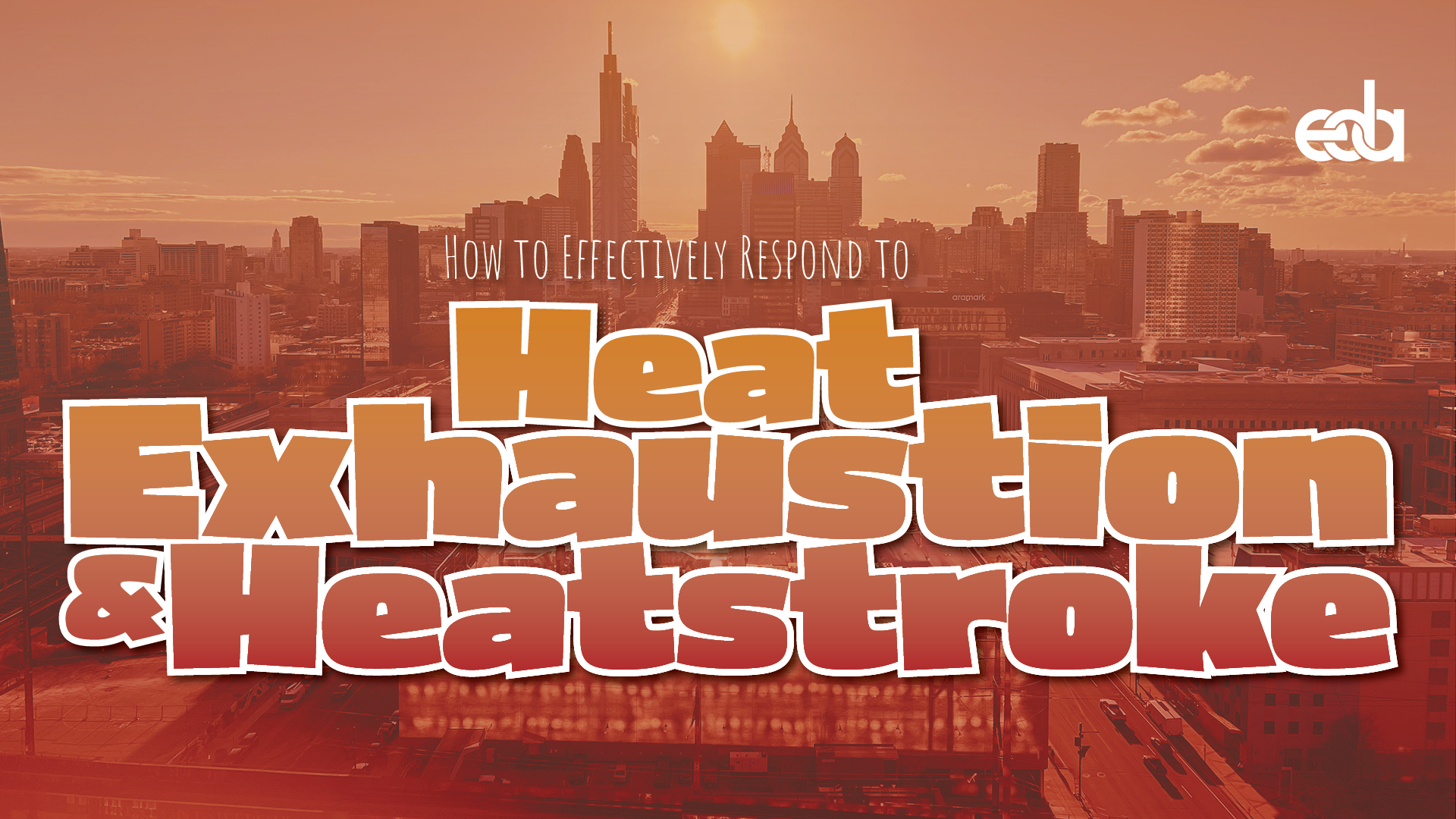As temperatures continue to rise, the risk of heat-related illnesses such as heatstroke and heat exhaustion becomes a serious concern. Whether you're spending time outdoors or working in the heat, it is crucial to be able to identify and respond to these conditions. For construction workers who are accustomed to working in extreme heat, knowing the steps to take can be a lifesaver for yourself or a co-worker. In this blog, we'll examine the differences between heatstroke and heat exhaustion, the signs to watch out for, and the measures to take when someone is experiencing one of these heat-related illnesses.
The Difference
There are a number of different heat-related illnesses which all have various symptoms. While heatstroke and heat exhaustion are both heat-related illnesses, they have distinct characteristics and it is important to know the difference between the two. Heatstroke is a medical emergency and is far more serious than heat exhaustion, which is why it should be treated immediately.
What is Heat Exhaustion?
Heat exhaustion is the precursor to heatstroke and is caused when the body begins to overheat and become dehydrated. It is the body's reaction to excessive water and salt loss, generally caused by excessive sweating. Heat exhaustion is likely to affect people such as the elderly, individuals with high blood pressure, and those who work in hot environments. Symptoms of heat exhaustion include pale skin, dizziness, fainting, fatigue, headache, rapid heartbeat, muscle cramps, and nausea. Although it is not as serious as heatstroke, it should not be brushed over. Without proper treatment, heat exhaustion can progress to heatstroke.
What is Heatstroke?
Heat stroke is the most serious of heat-related illnesses. Heatstroke occurs when the body can no longer regulate its own temperature, leading it to rise quickly. The sweating system of the body fails, and the body is unable to cool down. This results from long exposure to or physical activity in high temperatures. Body temperature is typically 104 degrees Fahrenheit or higher when experiencing heatstroke. Heatstroke is likely to affect individuals such as the elderly, infants, people with medical conditions, and those who work in hot environments. Symptoms of heatstroke include pounding headaches, dry skin, slurred speech, seizures, and loss of consciousness. Heatstroke requires immediate treatment; delayed treatment can lead to damaging and even fatal results.
Taking Action
If you or a coworker is experiencing symptoms of heatstroke or heat exhaustion, it is important to act as quickly as possible. Without proper treatment, these illnesses can lead to injuries and other fatal conditions.
Treating Heat Exhaustion
If you notice someone showing signs of heat exhaustion, the first step should be to move them to a cooler location. Move to an air-conditioned or shaded area where they can sit and rest. Have them lay on their back with their legs raised to improve blood circulation. The next step is getting the individual rehydrated with water or electrolyte-rich drinks. Encourage them to take sips slowly and consistently to rehydrate their body. The final step is to try different cooling techniques to lower the body temperature. Remove any unnecessary clothing items and ensure your clothes are lightweight and breathable. If that does not provide enough relief, try taking a cool shower or placing a damp towel on your skin.
Be sure to monitor the individual to see if symptoms improve. If their condition does not improve or becomes worse, seek medical attention immediately.
Treating Heatstroke
The first step to treating an individual suffering from heatstroke is to call 911. Heatstroke is a medical emergency which requires professional medical attention. While you are waiting for medical professionals to arrive, move the individual to a cool environment and cool the body as quickly as possible. Immerse them in cool water or spray them with a hose if those options are available. If not, use wet towels or fans to bring down their body temperature more quickly. Next, make sure they are hydrating by taking small sips of water or sports drinks. Lastly, while you are waiting for medical attention to arrive, monitor the person's vital signs such as their breathing, heart rate, and consciousness. You can relay this information to the emergency responders.
Preventing Heat-Related Illness
To learn more about how to keep cool in intense heat and avoid heat-related illnesses, visit https://edacontractors.com/about/news/11-summer-tips-to-help-keep-you-cool.
